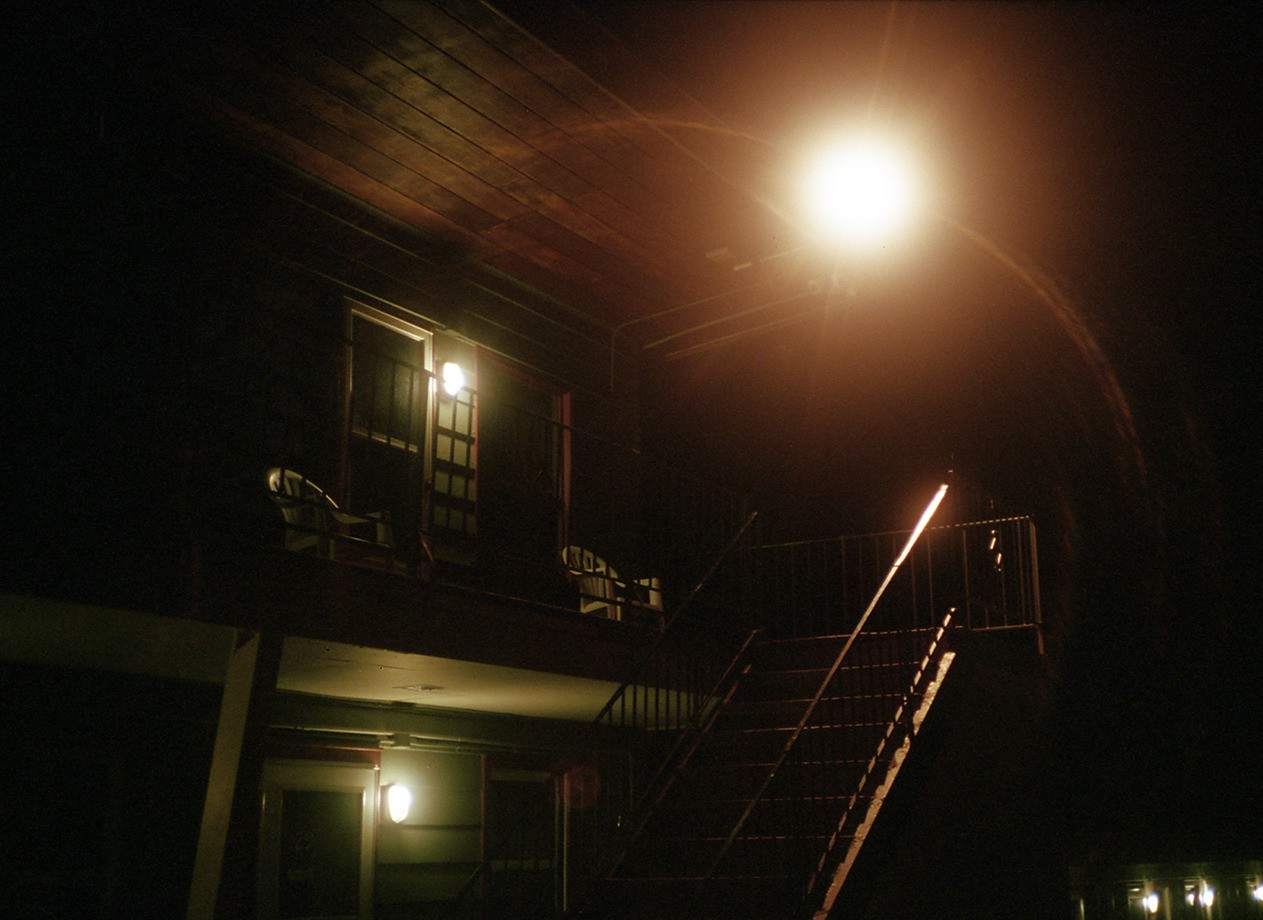denada
No longer a newbie, moving up!
- Joined
- Feb 22, 2016
- Messages
- 241
- Reaction score
- 119
- Can others edit my Photos
- Photos OK to edit
yo, i get noise in my night photos. i'm not sure if "noise" is the right word, but it looks just like the noise that a digital camera creates when you crank up the iso setting. this doesn't make any sense to me. is my scanner creating it? or why does this noise appear in my night photography but not day with the exact same film?

see it? it's driving me crazy. this photo is 35mm portra 400. aperture was wide open (whatever max is for olympus rc) and exposure was probably 1/30 or 1/60. scanned with v600.
it reduces a bit when making photoshop levels adjustments that i'd make anyway, but i can't completely eliminate it even if i exaggerate those adjustments. the reduce noise mask blurs details and doesn't fix anything. if possible, i'd like to address the root of the problem instead of just using a mask anyway.
it looks terrible. please let me know ...
a) whether the problem is actually on the film or being created during the scan
b) how i can fix/reduce it
thanks!

see it? it's driving me crazy. this photo is 35mm portra 400. aperture was wide open (whatever max is for olympus rc) and exposure was probably 1/30 or 1/60. scanned with v600.
it reduces a bit when making photoshop levels adjustments that i'd make anyway, but i can't completely eliminate it even if i exaggerate those adjustments. the reduce noise mask blurs details and doesn't fix anything. if possible, i'd like to address the root of the problem instead of just using a mask anyway.
it looks terrible. please let me know ...
a) whether the problem is actually on the film or being created during the scan
b) how i can fix/reduce it
thanks!
Last edited:













